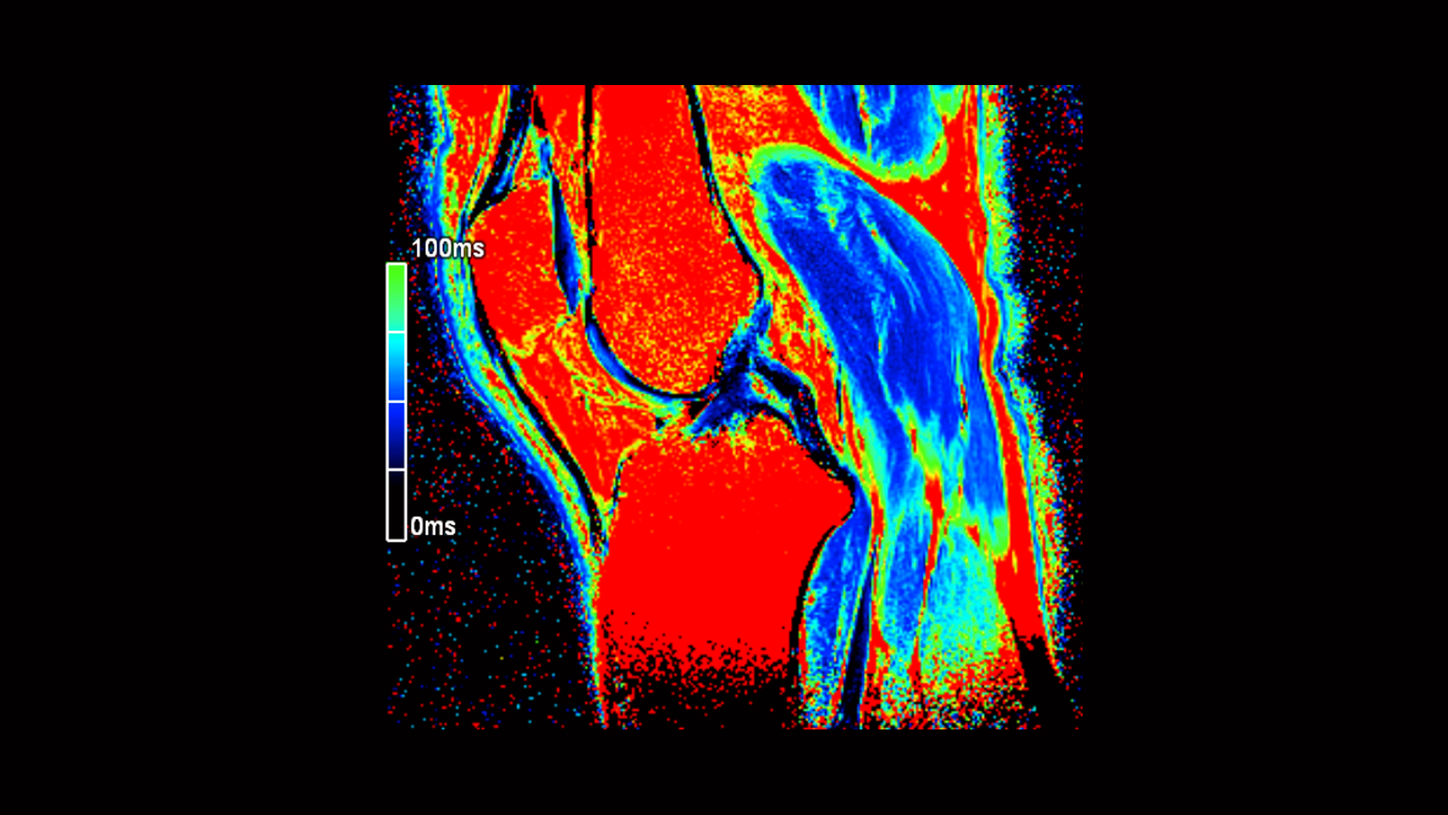Overview

MRI is often the preferred imaging modality in musculoskeletal conditions because of its superior soft-tissue contrast, allowing the visualization of tears and degeneration. Therefore, Siemens Healthineers provides you several MRI technologies that help you achieve reliable results at exceptional speed even in the presence of challenges such as imaging of metal implants1. Achieve consistent and reproducible high-quality image results with dedicated MSK scan protocols. Gain further clinical insights from leading experts on their clinical challenges and improve your clinical routine with our latest talks.








